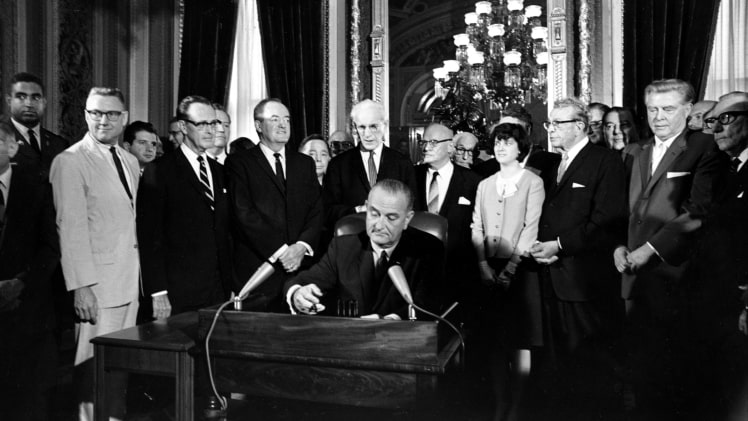The Voting Rights Act – What Does It Cover?

The U.S. Supreme Court struck down a key part of the Voting Rights Act in 2013, but that doesn’t mean that the rest of the act has been rendered invalid. The voting rights act requires the states to create clear standards to ensure that every vote counts. It would also require the states to preclear changes to voting laws in areas with a history of discrimination. If you are not sure how to proceed with a constitutional challenge, here are a few resources to start.
Voting Rights Act
The Voting Rights Act contains several provisions that address voting discrimination. The “general provisions” of the Act prohibit discrimination against minorities and the elimination of literacy tests. Section five outlaws any changes in voting laws that aren’t approved by the state. It also prevents new voter restrictions that could affect the right to vote. The statute was updated to include the requirements in states that don’t follow the rules. In short, it makes voting rights more secure for Americans.
Provisions
There are many provisions under the Voting Rights Act. These include the “general provisions,” which apply nationwide, and the “specific provisions,” which address issues specific to a particular state. For example, Section 2 outlaws discrimination against minorities and bans literacy tests. Meanwhile, Section 5 outlaws changes in voting laws without preapproval. These are just a few examples of the types of voting laws that are covered by the Act.
